Flight 11 is almost here, and it’s more than just another test. With SpaceX’s recent success in Starship Flight 10, including the booster B16’s surprising landing performance, Flight 11 promises to bring a mix of symbolic significance, critical system upgrades, and forward-looking ambitions.
Scheduled for October 13th, this date isn’t just convenient—it’s historic. It marks exactly one year since Flight 5, when SpaceX first achieved a full-duration upper stage burn, a milestone that defined Starship’s early development. Now, one year later, Flight 11 could mark the next giant leap.
What Makes Starship Flight 11 So Important?
1. A Symbolic Date, A Historic Echo
October 13th is no accident. SpaceX is likely drawing a deliberate parallel between Flight 5 and Flight 11. This signals intent—not only to test hardware but to create a new milestone in the Starship journey. It’s a moment rich with symbolism and technical ambition.
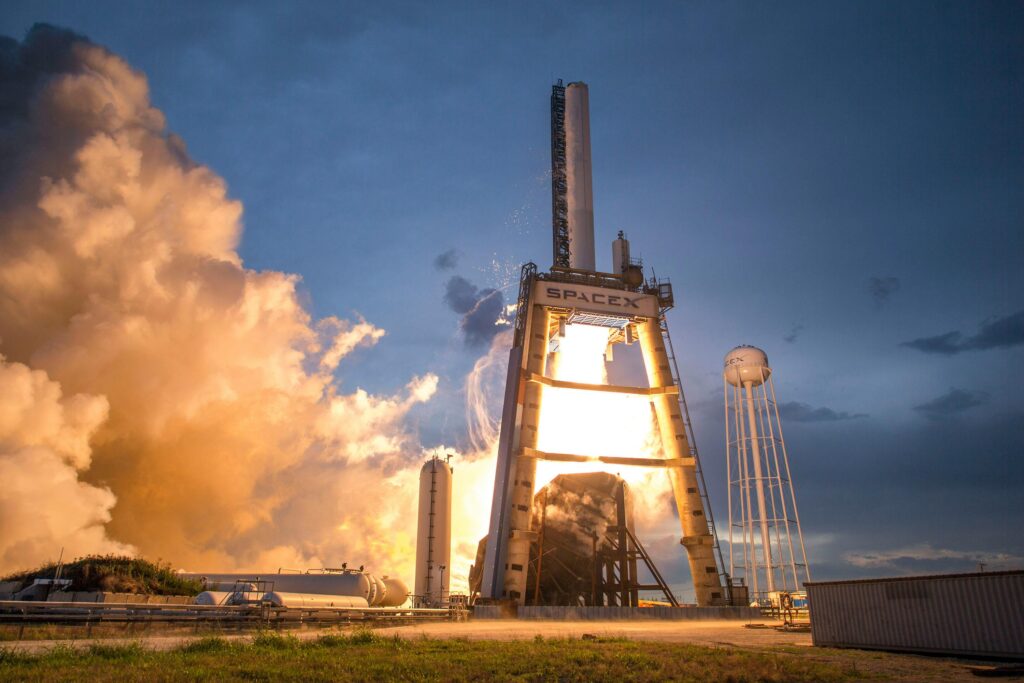
2. Liftoff Details and Schedule
- Launch Date: October 13, 2025
- Time: 6:15 p.m. Central Time
- Location: Starbase, Texas
This launch time allows both Super Heavy Booster B15 and Starship S37 to complete their missions in daylight, offering stunning visibility for fans and analysts alike.
Starship Flight 11 Countdown and Launch Sequence
Here’s a detailed timeline of the pre-launch and liftoff events to help you follow along:
⏱ Fueling & Countdown Sequence
T – 1h 15m:
✅ Flight director gives GO for propellant loading.
🚀 The site begins venting—methane and oxygen gases create an eerie, sci-fi ambiance.
T – 53m:
🧊 Liquid methane begins loading into the Starship upper stage.
T – 45m:
🧊 Liquid oxygen flows into the upper stage.
T – 41:30m:
🧊 Booster B15 starts methane loading.
T – 33m:
🧊 Oxygen loading begins on the booster.
T – 20m to T – 3m:
🌡️ Engine chill begins to prevent temperature shock.
💨 Tank pressurization initiates.
T – 40s:
🧑🚀 Final GO for launch from flight director.
T – 10s:
💦 Water deluge system activates to protect ground systems.
T – 3s to 0:
🔥 All 33 Raptor engines ignite, and clamps release.
🚀 Liftoff!
The Flight Profile: A Step-by-Step Mission Breakdown
🛫 Liftoff and Max Q
- T + 1:02 — Starship hits Max Q, experiencing maximum aerodynamic pressure.
- T + 2:30 — Main Engine Cutoff (MECO) on booster begins. Three center engines remain active to stabilize.
🔄 Stage Separation and Hot Staging
- Upper stage ignites via hot staging as the Super Heavy Booster detaches.
- Booster initiates boost-back burn using 13 engines.
- T + 6:20 — Booster performs landing burn and throttles from 13 → 5 → 3 engines.
- Landing: Controlled splashdown in the Gulf of Mexico.
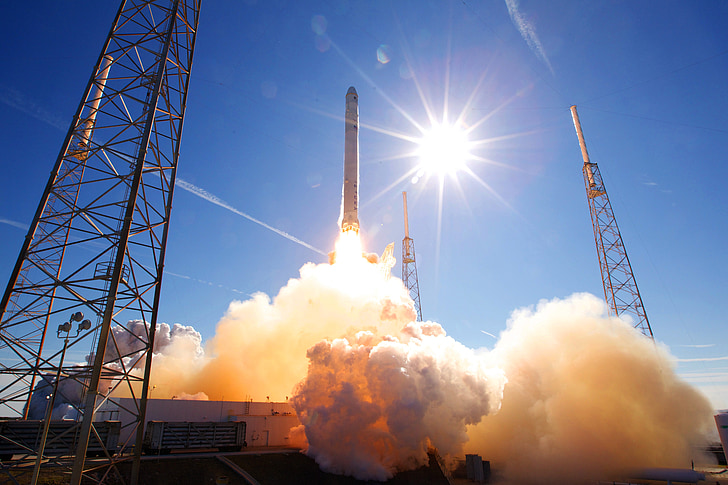
🌌 Starship Upper Stage Operations
🛰️ Reaching Orbit and Payload Deployment
- T + 8:57 — Upper stage engine cutoff occurs.
- T + 18:00 — Satellite deployment begins with 8 simulated payloads.
- T + 25:00 — Deployment ends.
🔁 In-Space Engine Restart & Reentry Test
- T + 37:48 — A single Raptor re-ignites to test restart capability in space.
- T + 47:29 — Re-entry phase begins.
🌍 The Fiery Return: Starship’s Descent and Landing
🔥 Thermal Protection System Under Test
Heat shield tiles face extreme temperatures and plasma flows during descent. For Flight 11, some tiles are deliberately removed to test exposed surfaces—a critical experiment for future Mars and lunar re-entries.
🌀 Aerodynamic Maneuvering
- Subsonic banking maneuvers simulate return-to-land trajectories.
- T + 1:06:14 — Starship flips to vertical and ignites 3 engines.
- T + 1:06:30 — Splashdown in the ocean, completing the mission.
🔬 Key Engineering Changes in Flight 11
✅ No Tower Catch – Final Flights for S37 and B15
Both stages will splash down, with no attempt to land on the Mechazilla catch tower. This is because they are final-use hardware, optimized for maximum data collection.
♻️ High-Risk Reuse
- 24 of B15’s 33 engines are reused, making this a vital test of refurbishment capabilities.
- The revised landing burn sequence (13 → 5 → 3 engines) adds redundancy and prepares for future tower landings.
🔄 Hot-Staging Ring Farewell
This will be the last mission to jettison a hot staging ring, with V3 versions integrating the mechanism directly into the booster—paving the way for full reusability.
🚀 Lessons From Flight 10 Fueling Confidence
Flight 10 was pivotal for SpaceX, not just in what it achieved, but what it proved:
- Middle ring engine failure during ascent didn’t prevent a successful landing.
- B16’s landing data exceeded CFD and wind tunnel predictions, proving real-world performance is even more stable than simulated models.
At the Glenn Space Technology Symposium, SpaceX’s VP of Build and Flight Reliability, Bill Gerstenmaier, confirmed that actual aerodynamic stability outperformed expectations, allowing SpaceX to move forward with greater confidence in V3 development.
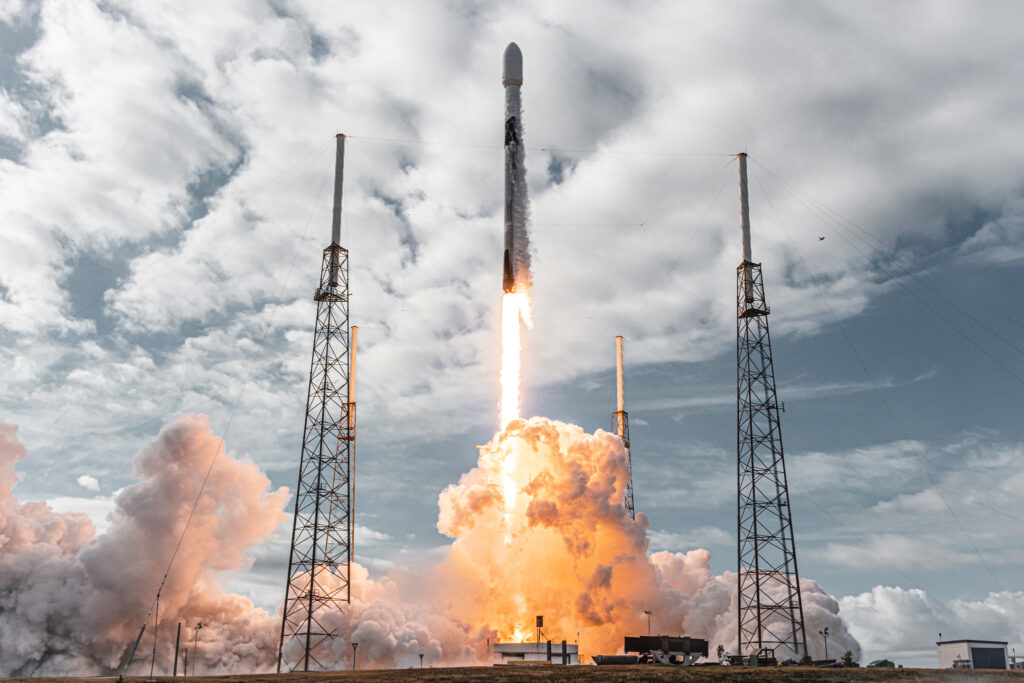
⚙️ The Future: Starship Version 3 and Mars-Ready Systems
🔧 What’s Coming With V3?
- Integrated hot staging ring
- New grid fin design for tower catches
- Raptor 3 engines with better performance and easier reuse
- Improved fuel transfer system
- Higher payload capacity (up to 100 tons)
🏗️ Production Challenges
Despite technical success, speed remains an issue:
- B18 has been ready for stacking since May, yet testing hasn’t started.
- S39 is facing delays and hasn’t rolled out.
- The S36 explosion stalled testing infrastructure.
🚀 Pad 2 Must Go Online
To meet 2026 deadlines (including NASA’s Artemis 3 lunar demo), SpaceX needs:
- Multiple test bays operational
- Pad 2 for static fires and V3 launches
- Rapid production and turnaround for reusability
🌕 What’s At Stake? The Race Toward Reusability and Mars
Elon Musk’s bold vision requires daily Starship launches and hourly Super Heavy booster reuse. To achieve this, orbital refueling becomes essential, and that means flying 8–10 tankers per mission.
🧪 Flight 11: A Critical Rehearsal
- New descent angles will test the vehicle’s aerodynamic tolerances.
- Structural upgrades and refined guidance algorithms are under evaluation.
- Flight 11 bridges the gap between the experimental V2 fleet and operational V3 hardware.
📈 Flight 11: A Gateway to the Future
Flight 11 is more than a test. It’s a transitional mission—a data-rich rehearsal for the next generation of fully reusable launch systems. Whether it’s through new burn profiles, reused engines, or experimental heatshield exposures, each step is carefully designed to validate critical systems.
And while much attention will be paid to the booster landing and upper-stage reentry, the real success lies in the data captured, the systems refined, and the future accelerated.
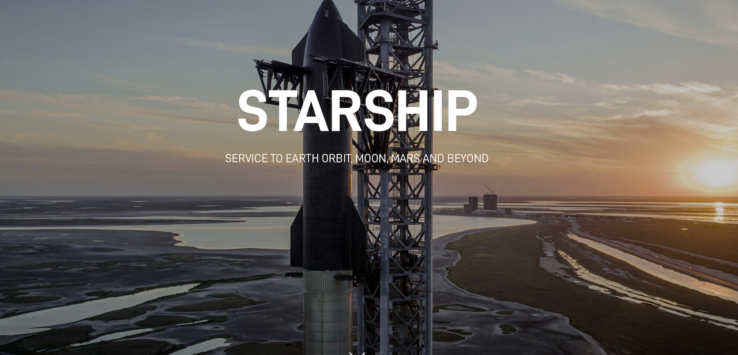
📣 Conclusion: The Next Chapter in SpaceX’s Journey
As we approach the countdown for Starship Flight 11, anticipation builds not just because of the spectacle, but because of the substance behind the spectacle.
From liftoff to splashdown, each moment is part of a larger vision: building a rapidly reusable launch system capable of changing humanity’s destiny in space.
Whether you’re a space enthusiast, an engineer, or just a fan of boundary-pushing innovation, Flight 11 is worth watching—because it’s not just a launch…
It’s a glimpse into the future.
FAQs
1. What is the launch date for Starship Flight 11?
Starship Flight 11 is scheduled to launch on October 13, 2025, at 6:15 p.m. Central Time from Starbase, Texas.
2. What vehicles are being used for Flight 11?
The mission will use Super Heavy Booster B15 and Starship upper stage S37. Both are V2 prototypes and will be retired after this flight.
3. Will Flight 11 attempt a tower landing or catch?
No. Both the booster and upper stage will splash down in the ocean. This is not a tower catch attempt, as the vehicles are not designed for reuse.
4. Why is October 13 significant for SpaceX?
October 13 marks exactly one year since Starship Flight 5, which achieved the first full-duration upper stage burn. Flight 11 is timed to honor that milestone.
5. What is the main goal of Flight 11?
The mission will test refined landing burns, Raptor engine reuse, a new heat shield configuration, and a simulated payload deployment, all leading toward Starship’s full reusability.
6. Is Flight 11 carrying any real payloads or satellites?
No. It will deploy eight simulated payloads to test the deployment system, but no operational satellites are on board.
7. Will the upper stage reach orbit during this flight?
Yes. Starship S37 will perform an orbital insertion, followed by engine restart, payload deployment, and controlled reentry.
8. How long will the flight last from liftoff to splashdown?
The total mission duration is about 1 hour and 6 minutes, ending with the Starship upper stage splashing down in the ocean.
9. What is a hot staging ring, and why is this the last time it’s used?
The hot staging ring allows the upper stage to ignite while still attached to the booster. Flight 11 will be the last to jettison the ring, as future versions (V3) will integrate the staging system directly into the booster.
10. Are reused Raptor engines flying on this mission?
Yes. 24 of Booster B15’s 33 Raptor engines are reused, making Flight 11 a critical test for engine refurbishment and reusability.
11. What kind of changes are being tested in the landing burn sequence?
The booster will attempt a more complex landing burn: throttling from 13 → 5 → 3 engines for improved control and redundancy.
12. Will Flight 11 test any heat shield improvements?
Yes. Some heat shield tiles have been intentionally removed to test Starship’s tolerance to extreme heat in unshielded zones—key data for Mars and lunar missions.
13. What comes after Flight 11 for SpaceX?
SpaceX plans to move to the V3 version of Starship and Super Heavy, which includes Raptor 3 engines, integrated hot-staging, and full tower catch attempts.
14. Why isn’t SpaceX catching the booster yet?
Catching requires precise control and low risk of failure. SpaceX is still gathering flight data to perfect this system before attempting Mechazilla catches on later V3 flights.
15. Where can I watch the Starship Flight 11 launch?
You can watch it live on SpaceX’s official YouTube channel or follow updates from @SpaceX on X (formerly Twitter). Several space enthusiast channels will also provide live coverage and commentary.
Read More:
- New Update! $789 Tesla Pi Phone Finally Launches! 200MP Camera DESTROYS iPhone 17 Pro Night Mode
- Starship Flight 11 Booster on Pad to Launch in Days! Blue Origin New Glenn also Moved BUT
- Tesla axed one of the Model Y’s best features in ‘Standard’ trims: here’s why
- Elon Musk may rethink his charity pledge after Peter Thiel’s Bill Gates warning: report
- Elon Musk: ‘I Can’t Believe It!’ Tesla Bot Gen 3 Finally Leaks With 100 Tasks & Full Function

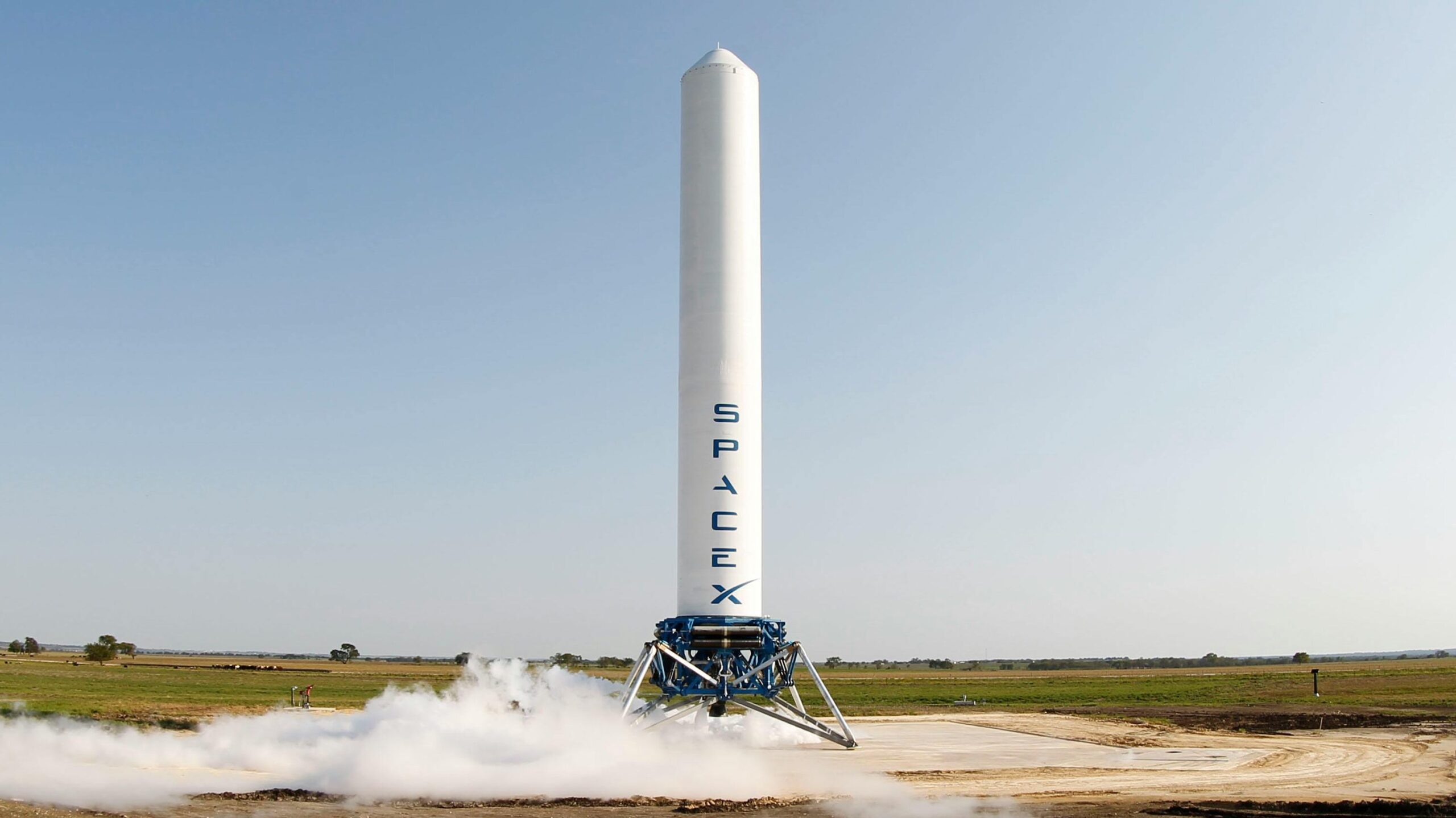
1 thought on “SpaceX revealed Unexpected Timeline for Starship Flight 11 After B16’s Successful Landing”